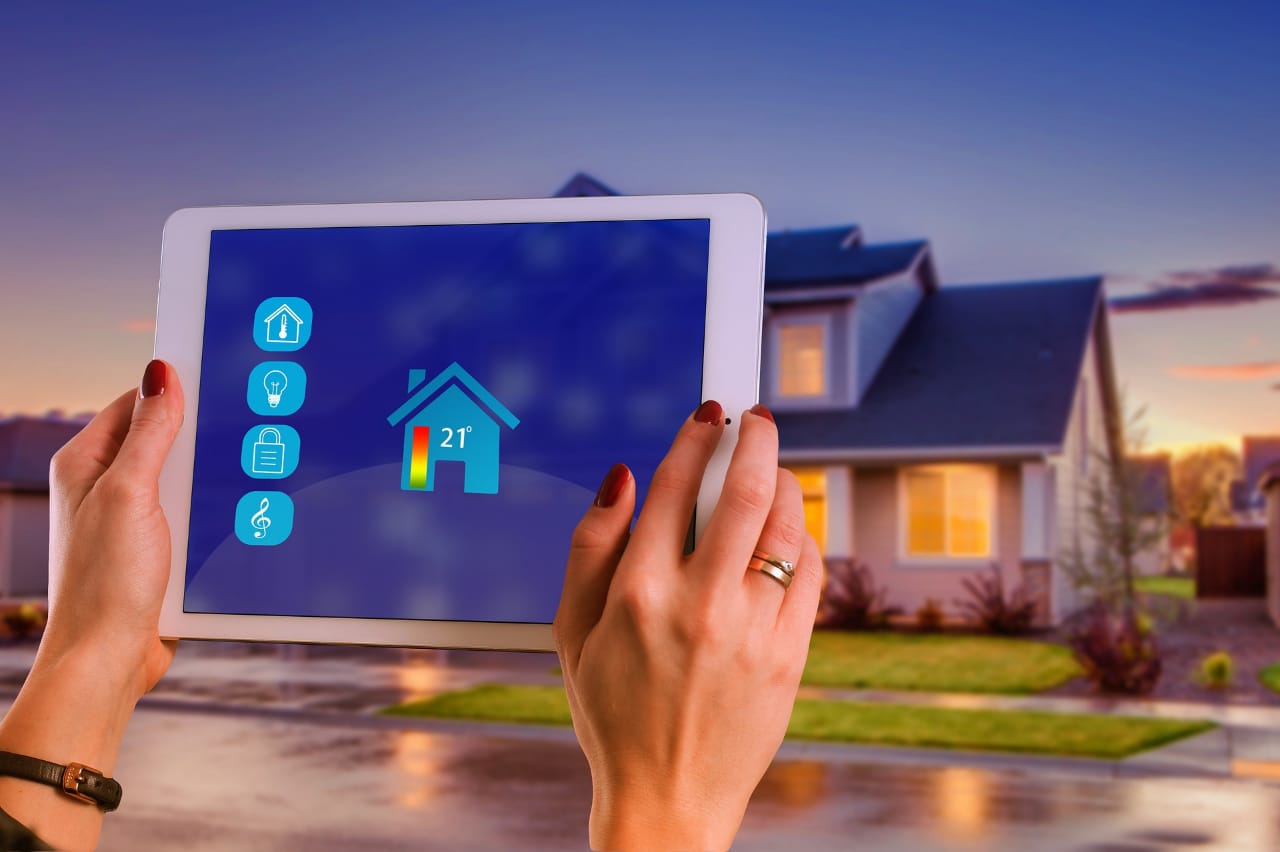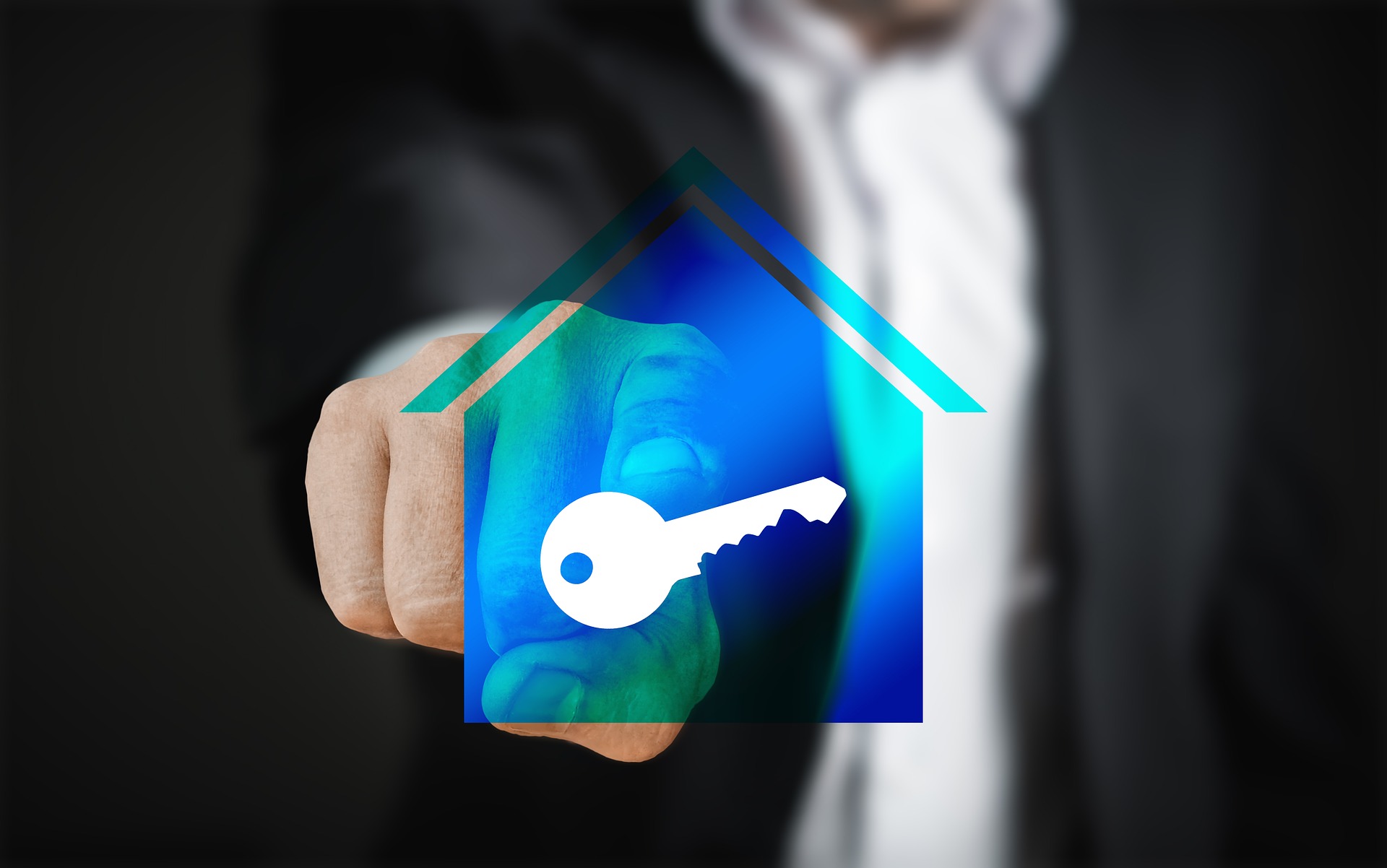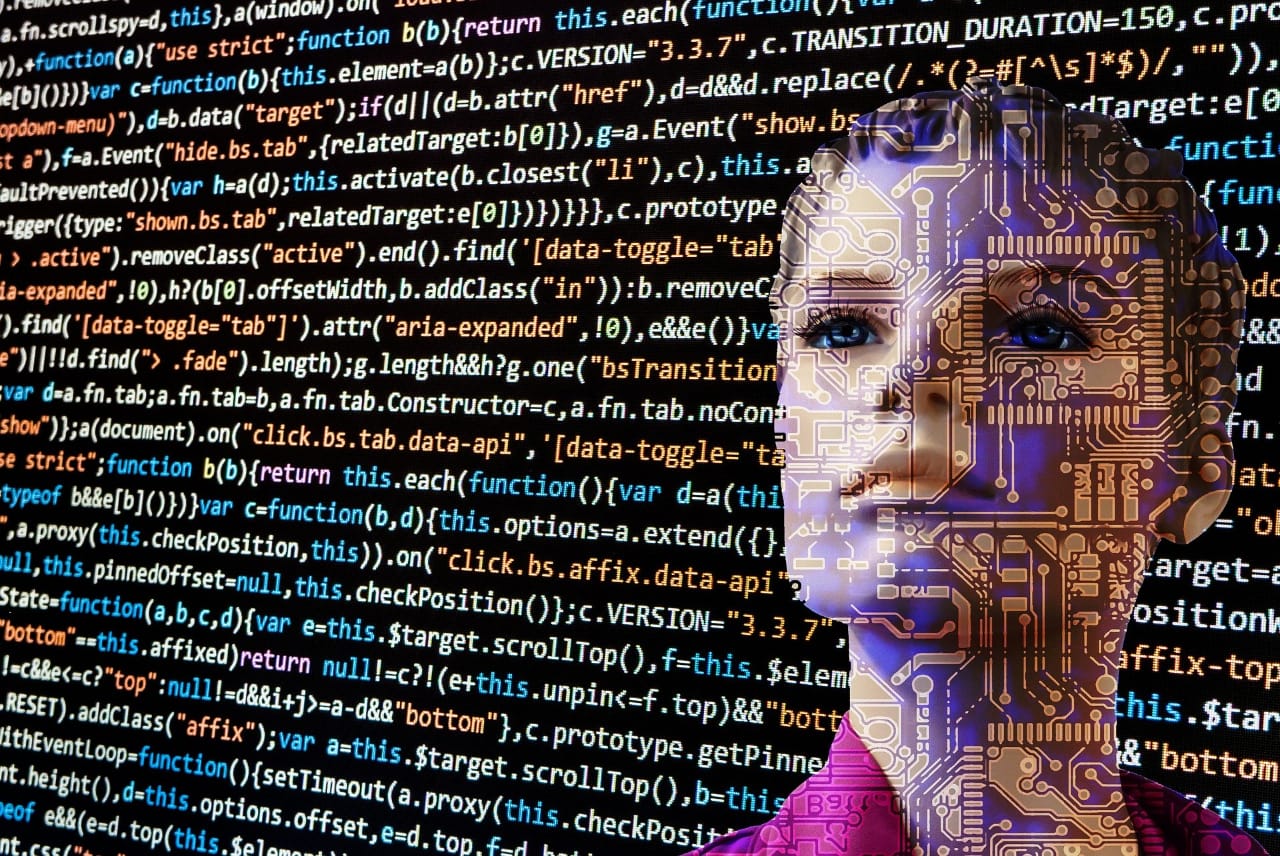Smart home (Home 4.0)
The idea of a smart home is a facade of the larger internet of things, a phenomenal concept of connecting whatever can be connected to the internet and embedding some ‘intelligence’ to them. The idea is not new at all, but of course there are numerous developments in trying to make homes smart and smarter. Many would ask, why do we need smart homes? Or what are the benefits of smart homes? Is it just about making devices and machines to do things for people? What are the downsides of smart homes? These are indeed very valid questions to ask. In a nutshell, the idea of making homes smart is driven by improving our quality of life, enhancing energy efficiency in our homes, improving security, improving our health, productivity and entertainment. There have been numerous developments in the smart home world, new smart devices and appliances, both in the software and hardware dimensions. We'll discuss smart homes in the following dimensions:
- Wireless and remote - control your home devices from anywhere through wireless means;
- Energy efficiency - save on your power bills;
- Productivity - save time;
- Security - improve your home security;
- Quality of life - live a quality life; and
- Healthcare - ambient assisted living.

Control your home devices from anywhere through wireless means
In smart homes, devices need to communicate through a medium. Gone are the days when physical media would be used to connect devices together, unless heavy transfer of data is involved where fiber cables would be used. Physical media including fiber cables may not be desirable in our homes for obvious reasons, no one want to be organizing cables on the wall. So wireless technology is always preferable. There are number of wireless technologies that can be used to connect devices in our homes such as Bluetooth, Wireless Fidelity network (WiFi), Near Field Communications (NFC) and Zigbee. There other wireless communication technologies but these are the most popular ones for smart homes. Smart devices can also be connected via the GSM network (for long distance communications).- Bluetooth connection Bluetook technology is provided for by Institute of Electrical and Electronics Engineers (IEEE) under IEEE 802.15.1. The transmission frequency for Bluetooth technology 2.4 Gigahertz and can transmit data effectively for up to 10 meters. Focus is shifting to make Bluetooth more efficient under Bluetooth Low Energy (BLE) concept. Some applications of BLE include wireless earphones, keyboards and speakers.
- Connection via Zigbee technology Zigbee communication technology is provided for IEEE 802.15.4 and transmits data using 868MHz/915MHz or 2.4GHz frequency range. It can transmit data over longer distances (up to 100M nominally) as compared to Bluetooth but has a lower data transmission rate of about 250 Kilobytes per second (KB/s).
- Near Field Communication (NFC) NFC technology is fairly different from Bluetooth, Zigbee and WiFi (discussed below). It main differentiator is that it used the principal of electromagnetic induction to transmit data, therefore, the communicating devices must be fairly close to each other. In addition, NFC uses a fairly low frequency of 13.56MHz to transmit data and it transmit rate and capacity is lower (106 to 426KB/s) than Bluetooth, Zigbee and WiFi. NFC technology is mainly used in applications where small amounts of data needs to be transmitted such as Google Pay and Samsung Pay.
- WiFi Technology WiFi technology is provided for under IEEE 802.11. The frequency of operation is 2.4 GHz to 5 GHz but unlike Bluetooth technology, it can transmit and receive data over long ranges (nominal range of up to 100m) and has a higher data transmission rate of about 54 megabytes per second (MB/s). These better capabilities come at a cost of higher power consumption. To allow for connectivity and interoperability between more devices and appliances, WiFi Direct was developed. WiFi Direct is a certificate issued by the WiFi Alliance (a conglomeration of over 600 members). WiFi Direct to allow for devices to have a peer-to-peer connection without the need for a wireless router. Application of WiFi direct include streamlining media directly to your TV or transfer files from your smartphone to your computer directly (Windows 10 supports this functionality).
Cut down on your power bills with Smart Home Energy Management System
On average, low income households in the United States spend 4%-14% of their incomes on energy. The research done by US Department of Energy suggest that this can be reduced by 13 percent to 32 percent. Energy efficiency is one of the key focus areas in smart homes. This domain of smart homes is popularly known as Smart Home Energy Management System (SHEMS). SHEMS is an embedded system meaning it has both software and hardware and is specialized to perform specific functions, that is, home energy management. SHEMS software and hardware is discussed below in detail:SHEMS software
SHEMS software is a program that is designed to take instructions from either the homeowner or sensors and execute them. For example, a software can be used to regulate room temperature by taking temperature reading from heat sensors and adjusting it accordingly. This means that you do not have to keep on adjusting the temperature manually as the day naturally gets hotter or colder. The software is installed on the appliance chip (mini-computer) and can be made to receive instructions from other devices such as phones, remote controllers, sensors and web-based applications. The software be programmed to execute such instructions as:- Conditional activities - draw curtains in the morning or turn the light off when its bedtime;
- Direct input from sensors or users such as turning appliances on or off;
- Manage energy flow in the houses – some appliances can be powered by solar energy while others can be powered by the grid; and
- Learn user energy needs and develop an optimal energy management routine
SHEMS hardware
SHEMS hardware is made up of integrated circuits and is designed to function as a mini-computer with an input / output functions (to receive and transmit data), a memory (to store date) and a processor (to execute instructions). It is the physical device in which the SHEMS software will run on and together all the appliances at home can be centrally controlled. The combination of the SHEMS software and SHEMs hardware is popularly referred to as ‘the smart hub’. For a fully smart home, all the home appliances are connected to the smart hub and the hub has full control over the energy needs of the appliance as well as its energy consumption data.Save time from automating tasks
It may seem trivial, but cumulatively, you may find that you spend about an hour in a day to do such tasks as:- switching your lights on or off;
- opening your gate;
- making coffee;
- drawing your curtain;
- changing the temperature of your air conditioner;
- unlocking your padlock;
- cleaning your house; and
- among other tasks.
Improve your quality of life
This is perhaps the main idea of smart homes and most people may be opting into smart homes because they want to improve their lifestyle. Actually, 83% of Americans agreed that the idea of smart homes is to mae life more convenient. Technology, generally, is meant to improve our lifestyle along with other benefits that come with it. Can you imagine how life would have been without smart phones, washing machines, vacuum cleaners, television, fridges, microwaves and air conditioners? These devices have added a significant value in our lives, you contend. Now, smart home devices would make your lifestyle even better. With Smart Homes, gone will be the days when you’ll have to walk to your home, pick your keys and take two or three minutes opening your door. Biometrics such as face recognition, fingerprint recognition, voice recognition and iris recognition would take over from the keys (we’ll talk about this archaic security tool later).Get top-notch and intelligent home security

The 'lock and key' method of security was invented over 4,000 years ago in ancient Egyptian society. Although there have been changes efforts to improve the locking mechanism and improve the security of padlocks, the ideas have not fallen far from the ancient one invented by the Egyptians. The "PIN number system" is the most popular mechanism used in padlocks. It’s time to move on from these archaic security tools, many households have lost their valuables because thieves have mastered the art of unlocking the padlock or the ordinary door lock. Smart Homes promises that you won’t have to carry your key and worry about losing your key. Your key could be your face, your fingerprint or your eye. These ‘keys’ are unduplicable and they are unique to you and you alone, globally. We only need the right technology to uniquely identify these unique biometrics. Of course, security is not about smart locks alone, it is about fire safety, the safety of your children, information security, air quality and the safety of your compound or neighborhood. It’s an integrated system of home security management to ensure that your house is free from all forms of danger or notify the homeowners of impending hazards. An integrated smart home security management system requires several sensors including:
- heat sensors – for detecting fire;
- air quality sensors – for detecting toxic substances; and
- motion sensors – for detecting human movements
Live healthy and longer
Healthcare is not left out in smart homes, in any case, it should be one of the top priorities of smart homes. Smart homes are not only designed to improve our lifestyles but also out health, you may wonder how? Taking care of the elderly is a time consuming, tiresome and expensive affair. United Nation estimated that healthcare costs $2.3 trillion every year Health is expensive and engineers are exploring how households can be supported at the comfort of their homes and in an affordable manner. This idea is not new at all, it is known as Ambient Assisted Living (AAL), which is a combination of smart sensors, hardware and software that are designed to improve the health and safety of the elderly. AAL uses Ambient Intelligence (AmI) to sense the surroundings (including the people) and adjust itself accordingly. AAL may include video surveillance systems, fall detectors, assistive robots and medicine dispensers. AAL is mainly designed to reduce the nursing needs of the elderly and help the elderly live ‘independently’. However, it is not entirely meant for the elderly, the younger generation can benefit from the smart home healthcare devices including wearables (to measure heartbeat rate, blood pressure and blood sugar) and work out devices.Artificial intelligence in smart homes

Advanced smart devices at home can ‘learn’ user behavior and routines and operate autonomously. These devices have been built with some Artificial Intelligence (AI). For example, the smart coffee machines can learn the times that you take coffee and they’d automatically prepare coffee at those specific times. Smart cookers can learn how your cook certain foods, say your chicken, the correct temperature, the cooking time and they can cook the chicken with minimal human input. With some cameras, the smart cookers can detect what you are cooking and select the appropriate program that it has learn from the houseowner and cook the food. AI can learn your recipe and can learn how to cook your favorite dish with military precision. AI can also be used in air conditioning, the air conditioner can learn the weather seasons, the frequently set temperate by different users and adjust the temperature accordingly. Homes can be made more secure with AI-enabled security systems, using a combination of cameras, voice recognition and movement detection, the security systems can sense when the home-owner is in danger and can respond appropriately, say by turning the security alarm on or by sending a distress message to the cops or neighbors.
Just installed a smart home security management system and I can't feel more secure
7 August 2020
It's good to read what is possible in smart homes
2 August 2020